Peace is good for all, but why do some still prefer conflict?
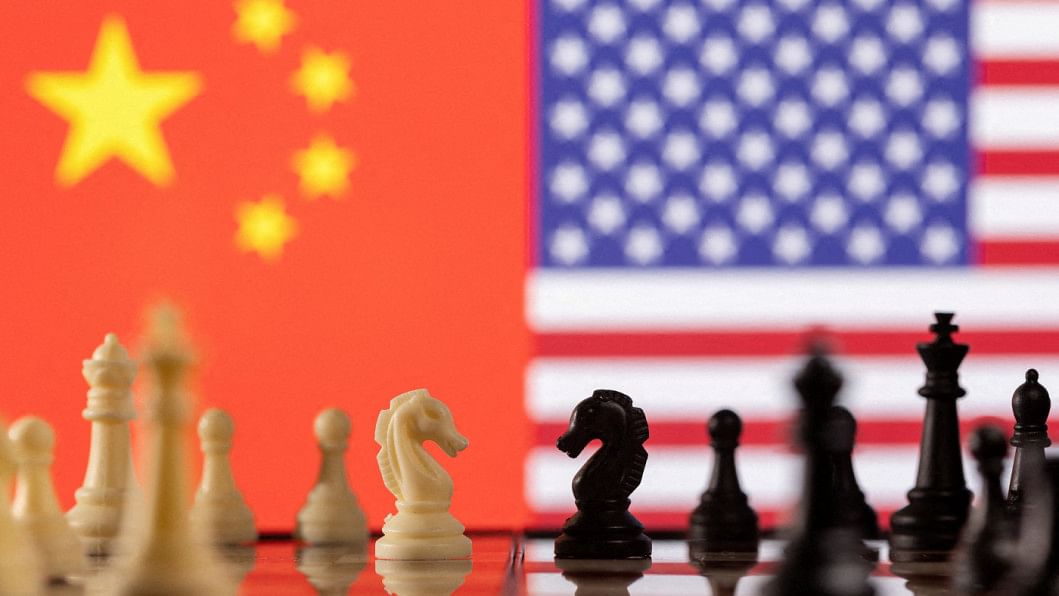
Some of you may remember the American think tank called "Project for the New American Century" (PNAC) founded in 1997 by a group of academics and neo-conservative politicians. It advocated for total global military domination by the US four years before the 9/11 terrorist incident. In a letter to President Bill Clinton and others, it demanded action against Iraq including regime change. Many called this letter the blueprint of the Iraq War. Of the 18 who signed it, 10 got senior positions under President George W Bush's administration (e.g., Dick Cheney and Donald Rumsfeld).
Bush took over as the 43rd American president in January 2001. Ominously, PNAC predicted just before the 2000 election that the Middle East's alignment with American interest would come slowly unless there were "some catastrophic and catalysing event, like a new Pearl Harbour." In September, that catastrophe came as the Twin Towers' cataclysmic collapse. America attacked Afghanistan instantly with massive firepower, then Iraq in 2003, both on flimsy grounds and ending in disasters for millions, turning the world into a more dangerous place than before. With its mission accomplished, PNAC slowly disappeared by 2005. However, the neoconservatives and their military-industrial allies are still shaping America's foreign and military policies through other such organisations, such as the Washington DC-based think tank Center for a New American Security (CNAS).
In April, CNAS arranged a war game simulating an all-out Chinese invasion of Taiwan. The exercise concluded that the US should send more arms to Taiwan and build stronger military alliances in the Indo-Pacific with Australia and Japan. It should also shore up its bases in the region with more long-range, precision-guided weapons and under-sea capabilities. Another such organisation is the American Enterprise Institute (AEI). It predicts that Beijing will launch a surprise attack on Taiwan and American targets in the western Pacific.
Instead of ignoring such provocations, Washington is flirting with the possibility of another war that might trigger a worldwide catastrophe. Encouraging Taiwan to declare independence and angering China with high-profile visits is extremely dangerous and irresponsible. A conflict with China over Taiwan will make Ukraine look like a preview, not the war, as Professor Andrew MacLeod of King's College London, has warned.

But both the US and China are now preparing for war. With increasing military might, China is more aggressive than ever in tone and actions. The US is also strengthening its regional alliances and military bases. Once unthinkable, war is now perhaps improbable but not impossible. After years of mutually beneficial economic cooperation, the US declared China a "strategic competitor" in 2017, reflecting the growing influence of the hawks in Washington. Then came the trade war, tech war, and cyber war. The incumbent superpower is now ominously sliding towards a military confrontation with the rising one.
As with any rising power, China wants to be in control of its immediate neighbourhood that includes the South China Sea and, of course, Taiwan, the unfinished task of the Communist victory in 1949. But the US, with the dominant role it has secured after the Second World War, won't let that happen. With the onset of the Ukraine conflict, and with Finland and Sweden's NATO accession, the US is perhaps playing the endgame of the post-WW2 Cold War. It may even end up dismembering Russia, the last bastion of the now defunct Soviet Union. With that, it will get closer to China's western borders through more compliant Central Asian states, bolstering its China containment policy. Since the 1970s, Washington has been playing China against Russia. Now that Russia's power is declining, America's focus has shifted to the remaining adversary: China.
But with a dominant economy and a commensurate military power, China is doing exactly what every superpower in history has done. The US expanded over the North American continent by war, conquest, and migration. Then it set up overseas empires through the Spanish-American War of 1898 when the European powers were scrambling for colonies in Africa and Asia. The First World War saw the collapse of the German, Russian Czarist, Ottoman, and Austro-Hungarian empires, and the rise of Communist Russia and Nazi Germany. Then followed the Japanese Empire's rise in the 1930s.
During this period, China experienced the "century of humiliation" from 1840 to 1949 when it was at the mercy of Western colonial powers. It ended with a communist victory and the birth of the People's Republic of China (PRC). With its newfound strength, Beijing now wants to rewrite that century from a position of strength.
But make no mistake. The US reaps significant benefits from trading with China. According to US official data, its China-based companies sold products worth USD 379 billion in 2019, more than double the value of US exports to China. With this money, many companies reinvested in R&D to develop cutting-edge technologies bolstering America's position as a leader in innovation. China has also hugely gained from US trade and saw a five-fold economic growth, adjusted for inflation, compared to 2001. It is this growth that has lifted hundreds of millions of Chinese out of poverty.
But there is another crucial aspect of this epic rivalry. Taiwan produces 92 percent of the world's advanced chips that run everything from cars to medical equipment to fighter jets to missiles to satellites to supercomputers. Both America and China want to control it, even if that involves war. Without advanced chips, there will be no superpower.
Dr Sayeed Ahmed is a consulting engineer and the CEO of Bayside Analytix, a technology-focused strategy and management consulting organisation.

 For all latest news, follow The Daily Star's Google News channel.
For all latest news, follow The Daily Star's Google News channel. 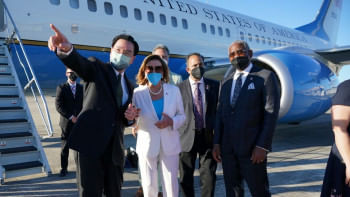


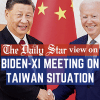
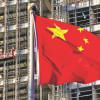
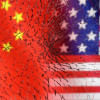
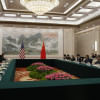



Comments